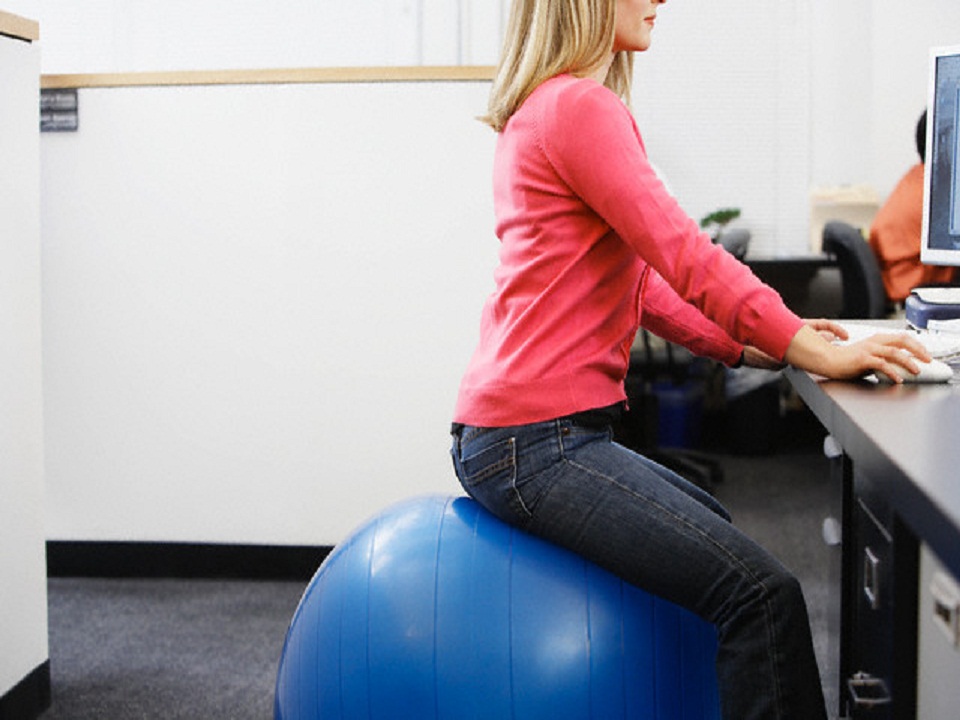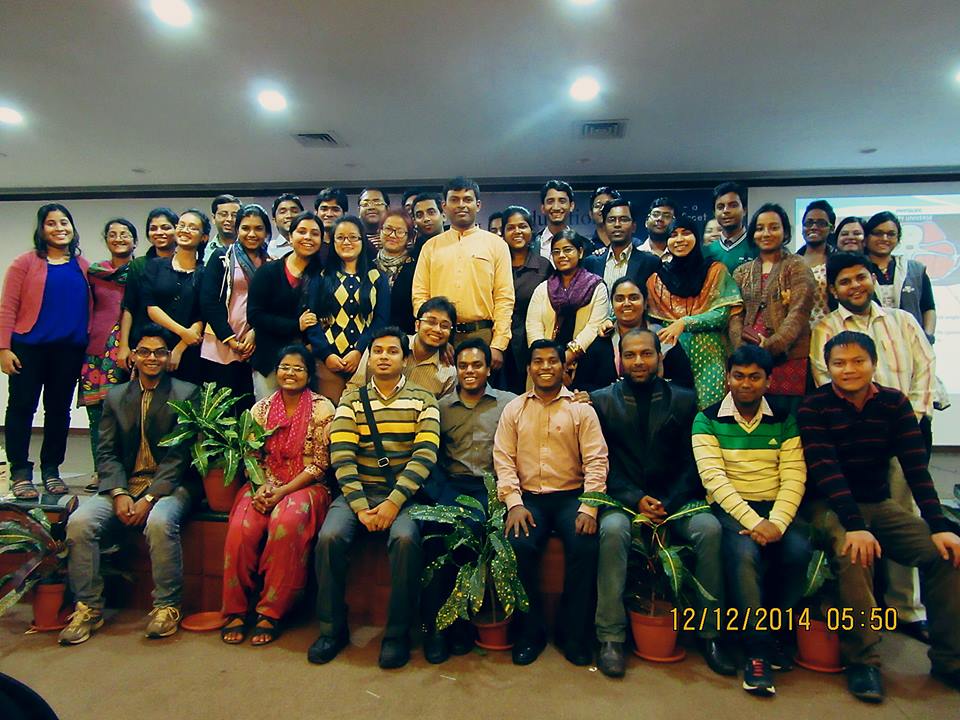It is well known that appropriate ergonomics improves work efficiency and prevents injury. However...
Can Physiotherapists Perform Dry Needling? A Discussion

If you practice dry needling in India as a physiotherapist, you must have faced this question in one form or another: can a physiotherapist perform dry needling? Is it within the scope of your practice?
Let us try to answer these questions based on facts.
First, can a physiotherapist perform dry needling? The concern here is, most of the physiotherapy treatments approach the body from the surface, so many people think that physiotherapists are not allowed to perform anything invasive. Is that the truth? Let’s take a closer look. Let’s find out what invasive procedure means.
An invasive procedure is defined as “A medical procedure that invades (enters) the body, usually by cutting or puncturing the skin or by inserting instruments into the body.” (National Cancer Institute, US State Govt.)

Another definition, by Sian Cousins et al, which they derived after analyzing 3946 papers, describes “An invasive procedure is one where purposeful/deliberate access to the body is gained via an incision, percutaneous puncture, where instrumentation is used in addition to the puncture needle, or instrumentation via a natural orifice.”

Essentially, both definitions state the same thing. Whether you use an incision/puncture or enter through a natural orifice, it is invasive.
When it comes to natural orifices, we have always been doing invasive procedures. Whether it is using suction tubes through nose-mouth-tracheostomy or mobilizing the coccyx through an anal orifice or even mobilizing the TMJ through the mouth. (Side note: Is using just a hand through the orifice without any instrument count as an invasive procedure? Apparently so. The digital rectal examination is considered invasive). So, the argument, that physiotherapy as a branch of healthcare is noninvasive doesn’t hold true.
Of course, one may argue that inserting a finger in the mouth and inserting a needle in the body are two completely different skills. I agree. Then, let us have a look at how other professionals use needles in their practice. Apart from physicians, surgeons, and nursing professionals, phlebotomists, EMG technicians, radio technicians, etc also use needles in their daily practice. Without belittling any professionals, physiotherapy education in India ensures that the physiotherapist’s knowledge of the human body is at par with the highest levels.


It is interesting to note that there are another set of professionals who use needles on the body day in and day out. They are tattoo artists and body-piercing artists. While tattoo artists also insert a dye into the skin, body piercing passes the needle straight across the skin. Pretty invasive, isn’t it?

Now that we have settled that a qualified (BPT) Indian physio has enough training, skills, and knowledge to handle needles safely, it is time to put our focus on, is needling within the scope of our practice. To answer this, I would bring the reference to World Confederation of Physical Therapy. The “WCPT guideline for physical therapist professional entry-level education” was released in 2011. In this document, under physical agents and mechanical modality dry needling is listed. This should settle the argument of scope, however many other physiotherapy organizations of national and international repute (like APTA) have recognized dry needling as one of the physiotherapeutic interventions.
So to sum up,
- Physiotherapy involves an invasive procedure
- Many professionals, healthcare and otherwise, use needles throughout the body. Physiotherapists have equal, if not way better knowledge, skill, and training.
- Dry needling is well within the scope of a physiotherapist’s practice.
Ref:
- National cancer institute definition of invasive procedure: https://www.cancer.gov/publications/dictionaries/cancer-terms/def/invasive-procedure
- Cousins S, Blencowe NS, Blazeby JM. What is an invasive procedure? A definition to inform study design, evidence synthesis and research tracking. BMJ Open. 2019 Jul 30;9(7):e028576. doi: 10.1136/bmjopen-2018-028576. PMID: 31366651; PMCID: PMC6678000.
- WCPT guideline for physical therapist professional entry level education. World Confederation for Physical Therapy. 2011, p. 1-42 p. http://www.wcpt.org





































